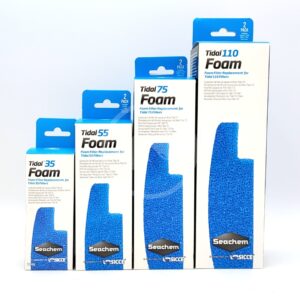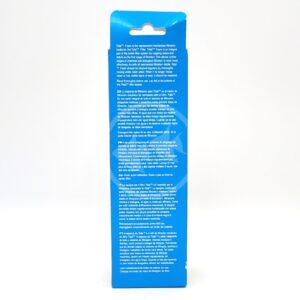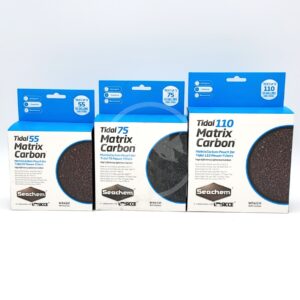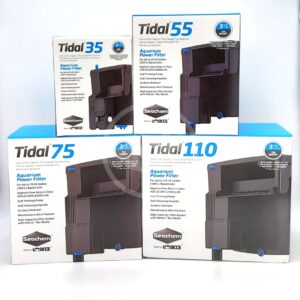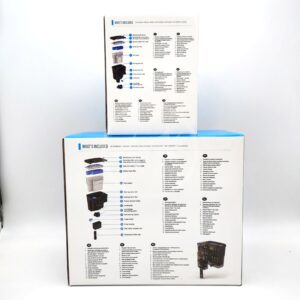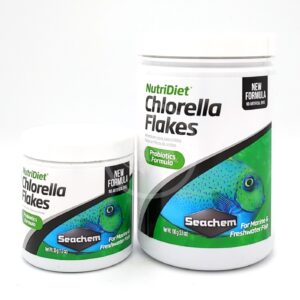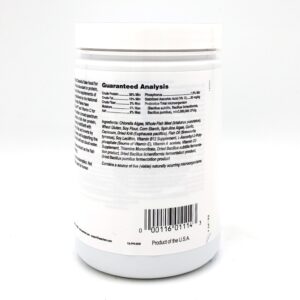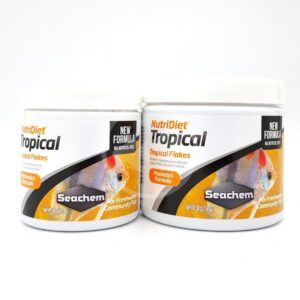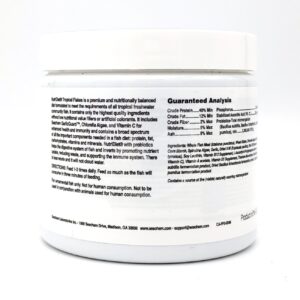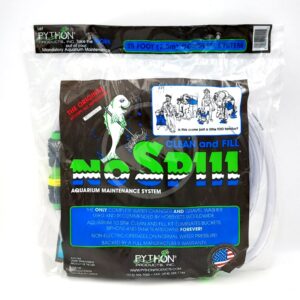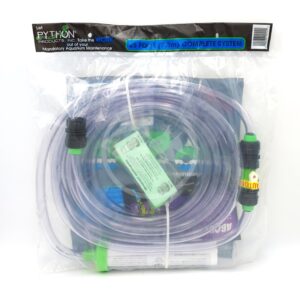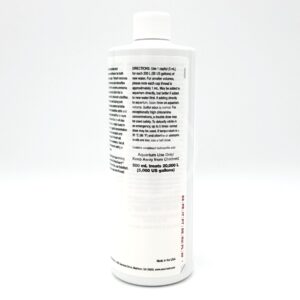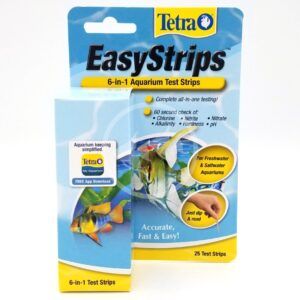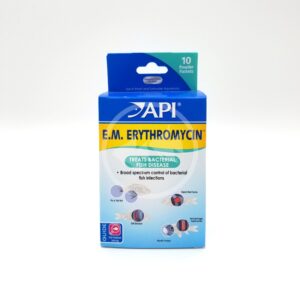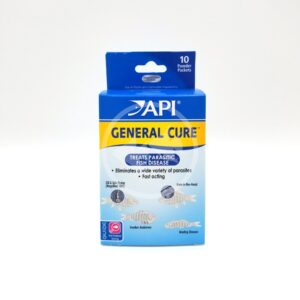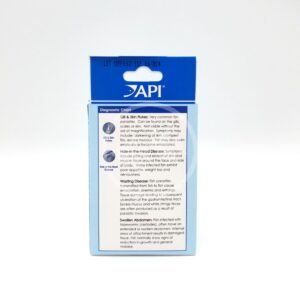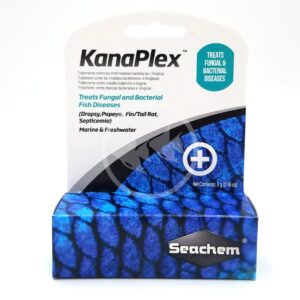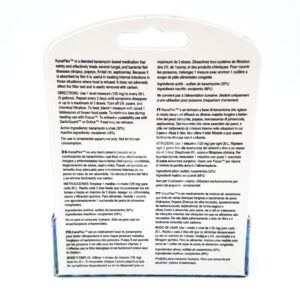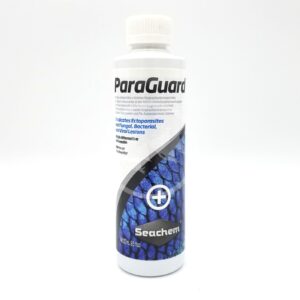General Aquarium Care
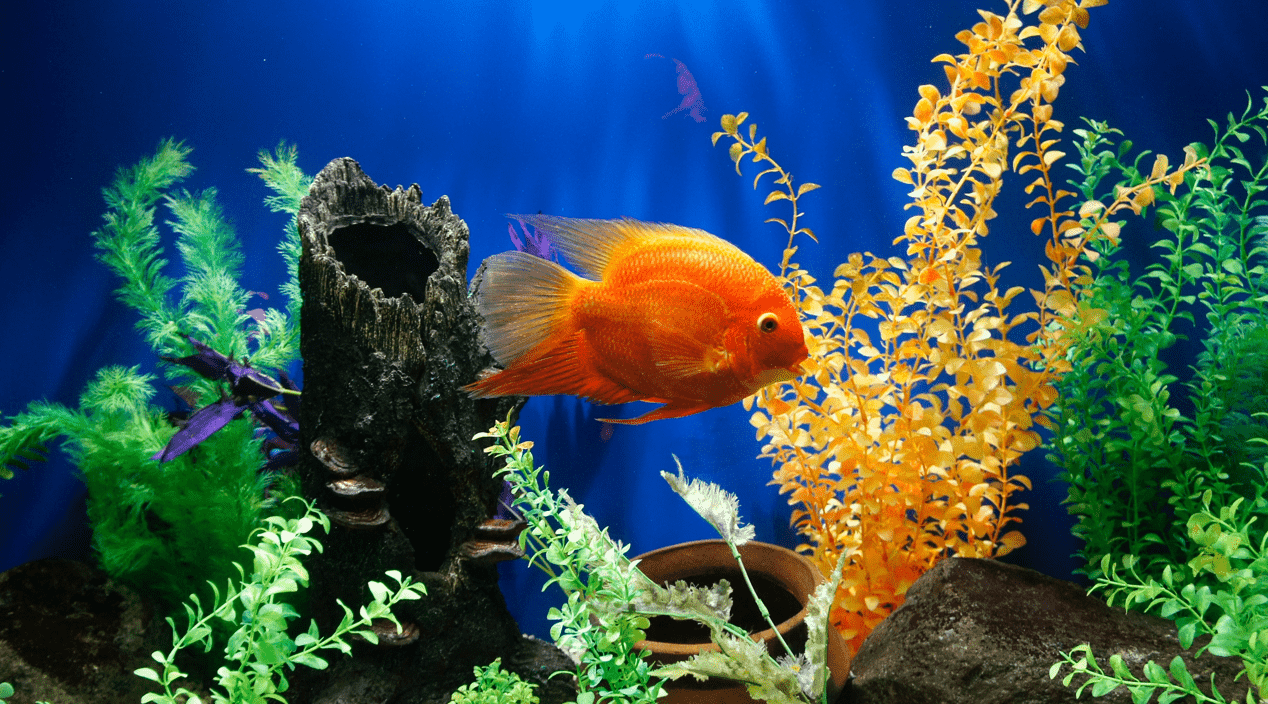
EQUIPMENT – FEEDING – MAINTENANCE – HEALTH
This blog post will outline generalized tips for the maintenance of your aquarium and care of its inhabitants. If you have any additional questions, or would like more detail on a specific topic covered herein, please do not hesitate to contact us!
EQUIPMENT
HEATER SETTING
Saltwater – 72° to 76° F
Freshwater – 74° to 80° F
LIGHTING DURATION
For freshwater tanks, less than or equal to 8 hours; please refer to our Planted & Saltwater Guides for light suggestions.
FILTER MEDIA
Cartridges – can be rinsed under tap water and reused once; rinse or change on the opposite week of a water change.
Sponges – can be rinsed under tap water and reused; rinse on the opposite week of a water change.
Chemical filtration media – includes carbon + other products (i.e., purigen, phosbond, etc.); changed on a need basis.
Biological filtration media – includes ceramic/plastic rings, balls; rarely replaced as it’s a surface for beneficial bacteria growth for a stable, healthy aquarium. Can be occasionally rinsed with aquarium water to remove buildup of debris.
AQUATOP GLASS AQUARIUM HEATER
Price range: $24.99 through $32.99SEACHEM TIDAL FOAM 2 PACK
Price range: $6.99 through $12.99SEACHEM TIDAL MATRIX CARBON POUCHES
Price range: $7.99 through $20.99SEACHEM TIDAL POWER FILTER
Price range: $49.99 through $94.99FEEDING
Variety is the spice of life as they say, and it’s important to offer different types of food to your fish for optimal health, coloration and longevity. We recommend creating a feeding schedule that balances the use of dry food (pellet, flake) and frozen food for your fish community.
FLAKE & PELLET FOODS
It’s good practice to read the labels to ensure high nutritional quality. Products that have whole or single ingredients listed are best.
FROZEN FOODS
Frozen foods are the best way to deliver the freshest and most nutritionally sound elements to your livestock. Feeding frozen foods not only satisfies your fish, but better replicates what they would have fed on in the wild. For tips on how to feed and the quantity of food to feed, please speak with an associate.
An all around good frozen food for freshwater that we recommend is Hikari Bloodworms and for saltwater, Hikari Spirulina Brine Shrimp. We sell Garlic Guard by Seachem that can be added to frozen foods as they thaw.
HOW MUCH TO FEED
Less is more; you can always throw in a little extra, but you can’t take away what you’ve already put in. Fish should gobble up what you threw in within 60 seconds. If there is a lot of food floating around, chances are you fed too much. You can then use this as a rule of thumb to feed a little less next time. Aquariums only need to be fed once daily, Fish will always appear hungry as they learn to recognize you as their caretaker. Do not give in; overfeeding is one of the main causes of bad water quality.
SEACHEM NUTRIDIET CHLORELLA FLAKES
Price range: $3.99 through $18.99SEACHEM NUTRIDIET TROPICAL FLAKES
Price range: $4.99 through $9.99MAINTENANCE
WATER TESTING
Weekly for new aquariums is recommended; on a need basis for established aquariums, however minimum once a month is suggested to make sure your water change schedule is keeping up with the bioload of your aquarium. Tetra Easy 6 in 1 Strips are quick and user friendly! With an established aquarium (older than a month), the first square (nitrates) is of greatest concern. The lighter the pink – closer to white the square is, the lower your nitrates are = a healthier environment.
WATER CHANGES
For most fresh and saltwater aquariums, we recommend no less than two water changes per month. In other words, a biweekly water change. The amount of water changed should be no more than ¼ to 1 ⁄ 3 of the tank. We also recommend gently stirring up the gravel or substrate with your hand to suspend uneaten food and waste into the water column to siphon out.
PYTHON NO SPILL COMPLETE SYSTEM
Price range: $59.99 through $119.99PYTHON PRO-CLEAN WITH SQUEEZE
Price range: $26.99 through $28.99SEACHEM PRIME
Price range: $5.99 through $22.99HEALTH
It’s important to observe your fish daily in order to recognize irregular behaviors, which could be a sign of decline in environmental quality, health of that individual or the community as a whole. We will briefly cover some negative signs to pay attention to here. If you are unsure, just bring us a video and a water sample and we can help figure out your concern from there.
SCRATCHING & SHAKING
When scratching or shaking becomes extremely erratic or frequent, and is coupled with other signs (such as white spots in the instance of ich), then action should be taken.
LOSS OF APPETITE & COLOR
Loss of appetite in fish (and typically coloration) is often attributed to a variable in the environment, such as poor water quality. Checking your nitrate levels (nitrite and ammonia in a cycling aquarium) with a dip strip test is our first suggestion. If water parameters check out, then other reasons for appetite loss may be aggressive (see damaged fins below), disease or internal parasite related.
DAMAGED FINS & MISSING SCALES
A key sign of aggression between fish is split fins and/or missing scales. Aggression can be brought on for a number of reasons. If you notice this, we recommend observing your tank from a distance. Fish tend to note that you are present, and will leave the aggression for when you are not in the room. Moving decorations around often helps, but if the individual persists, it may need to be removed from the tank. Leaving fish to “sort things out” after a period of time of no improvement can risk a disease outbreak due to stress. We recommend bringing in a fish if issues are not resolved.
PINCHED FINS & HEMORRHAGING
If the fins of your fish don’t appear “fanned” or “open” or are hemorrhaging (red lines in the fins of your fish) this can be a sign of poor water quality and/or a disease.


